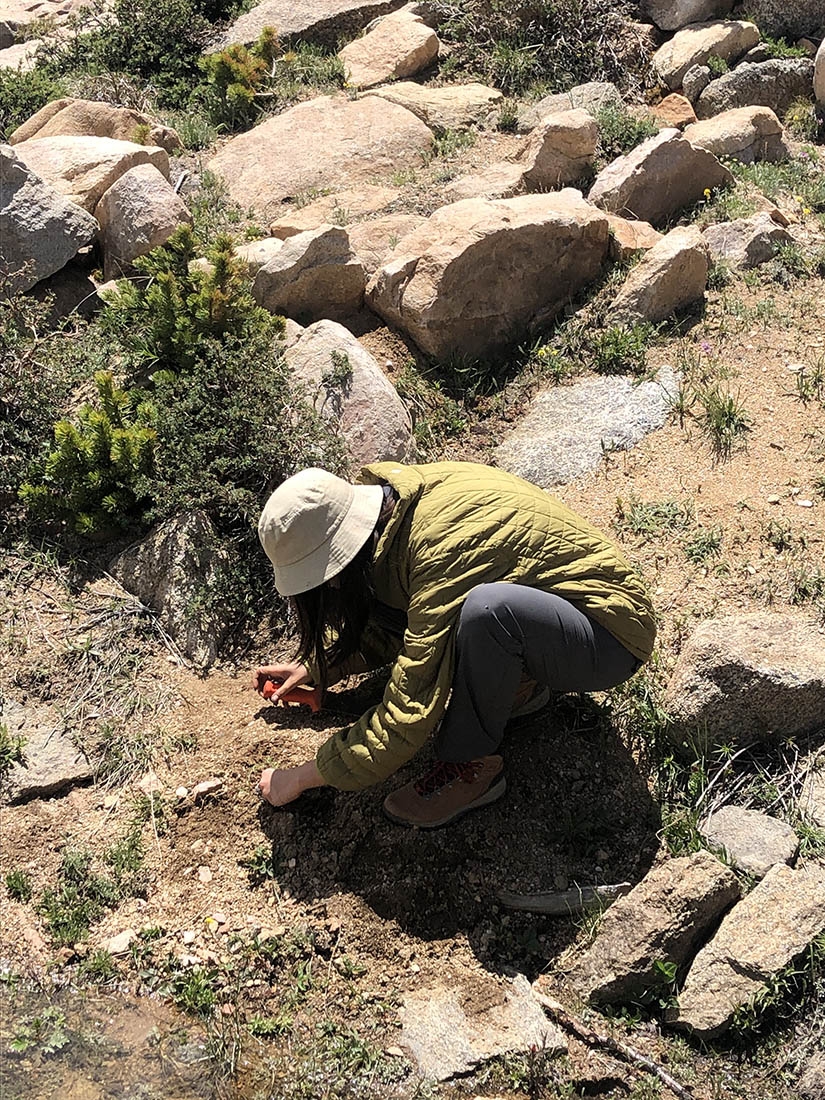Everything in its Right Place: My Plant Mapping Internship
When you’re a kid growing up in the Rocky Mountains, there’s a lot that you take for granted. The stunning mountain views, the vibrant wildflowers, the sweeping plains. I never took the time to appreciate the intricacies of the wild. To me, that was just how it looked outside. When the world shut down in 2020 I started seeing things with an entirely new point of view. I took long walks around my neighborhood, hungry to learn absolutely everything I could about the world that surrounded me. It was constantly fascinating. From that point forward, there was no other option for me but to pursue the study of horticulture.
Plant mapping is something that I had never otherwise heard of, and I applied to this internship with absolutely no idea what I would be doing. As it turns out, I love it. This summer it has been my responsibility to map out every species of plant that is growing in the Water-Smart Garden. The mixture of plant identification with deep, deep organization gives me the same thrill that I get when I clean out my closet. It makes sense of the madness and gives every plant its proper, updated position.
The level of detail that the horticulture staff pay to their gardens is shocking. I would approach a garden bed thinking, “Oh this one should be easy, it’s just a couple trees and shrubs!” only to be standing in the sun for hours, mapping the tiniest sprouts peeking out of the soil. This is where I learned that everything that grows in the gardens is planted with great intention, research and above all, patience.
The interns at Denver Botanic Gardens are spoiled with opportunities. My questions have been welcomed with thoughtful answers, my ideas have been heard and incorporated, and I’ve received about twice as much ice cream as I had originally anticipated. I will be sad to leave but will most certainly be back as a guest, excitedly clicking through Gardens Navigator to revisit mapping with newfound appreciation.
Once you start learning about the magical capabilities of plants, there is no way to ever take them for granted again. When I look out the window, I realize that this isn’t “just how it looks outside,” but that our ecosystems are older and wiser than I could ever imagine, constantly changing and adapting. There will never be an end to the things that I can learn from them.
This article was contributed by plant-mapping intern Maggie Joe Hernandez.
Gallery





Add new comment